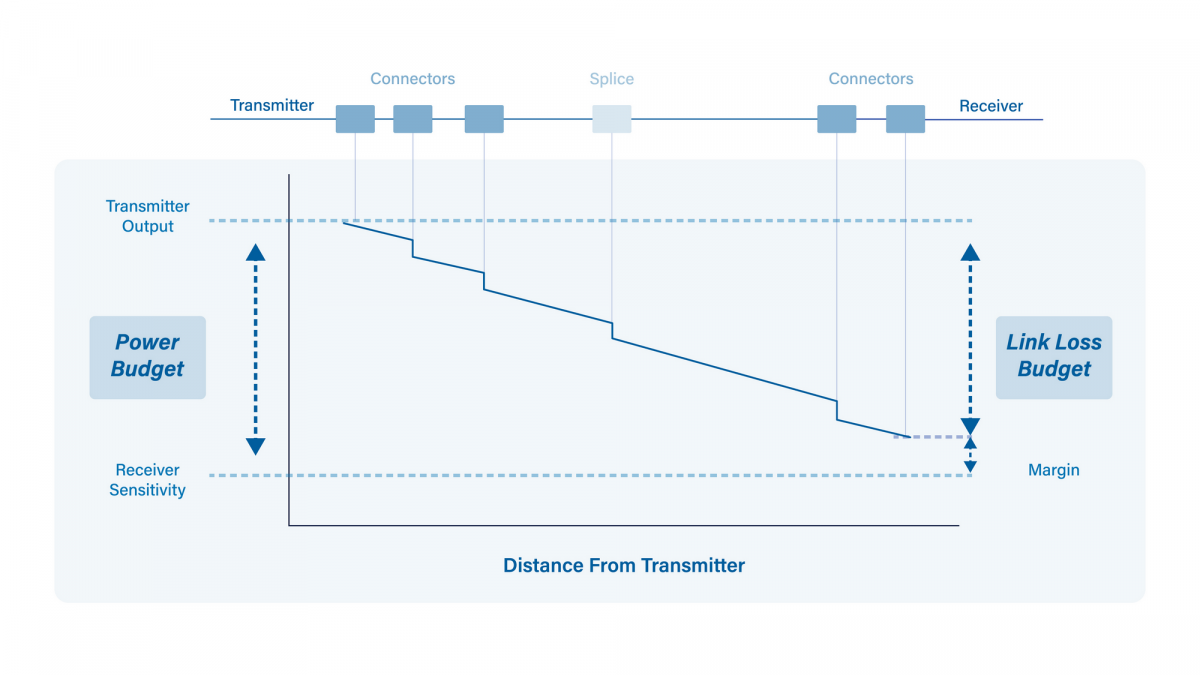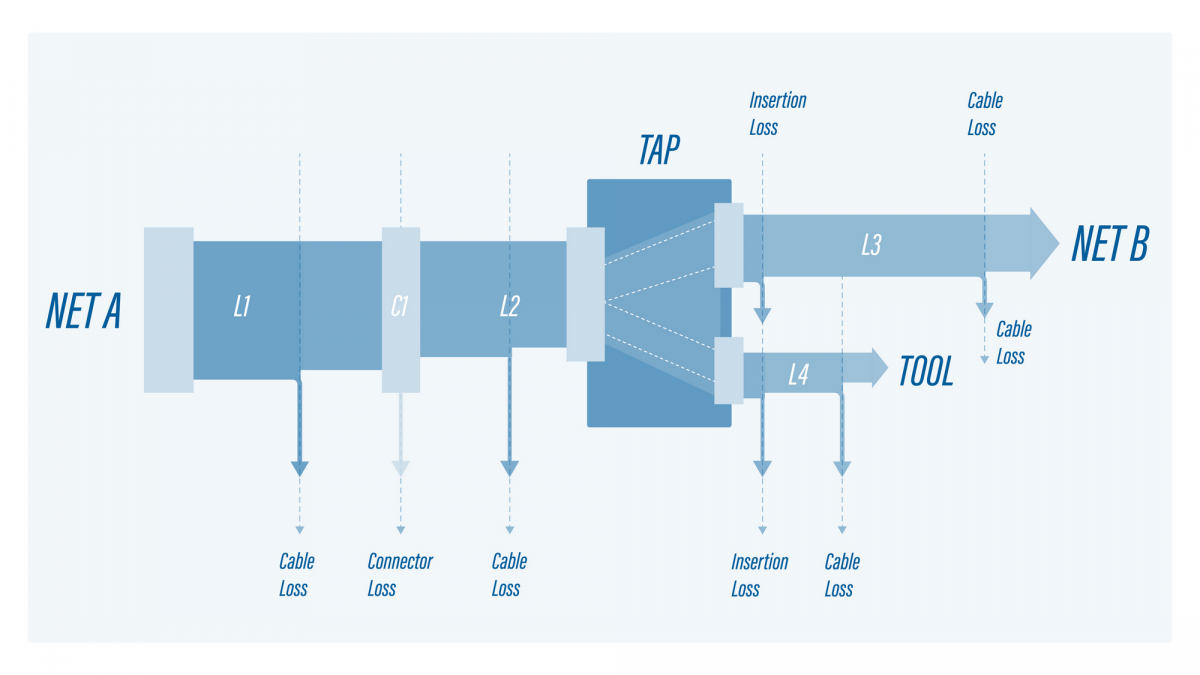Fiber TAPs play a crucial role in network monitoring by allowing the non-intrusive monitoring of data passing through fiber optic links. When working with fiber optic network monitoring tools, two common units of measurement often come into play: decibel (dB) and decibel milliwatt (dBm). While dB is a relative measurement, dBm provides an absolute reference.
Understanding the differences between dB and dBm is essential when assessing signal strength, power levels, and losses in fiber TAPs.

dB (Decibel)
Decibel, or dB, is a logarithmic unit used to express the ratio between two power levels. In the context of fiber TAPs, dB is commonly used to represent losses, gains, and attenuation in optical signals.
dBm (Decibel milliwatt)
dBm, on the other hand, is a unit of measurement that quantifies the absolute power level of an optical signal in milliwatts (mW) on a logarithmic scale. It represents the actual power level of a signal referenced to 1 milliwatt. Unlike dB, dBm provides a direct measurement of power, making it a more practical unit for analyzing signal strength.
Application in Fiber TAPs
Loss and Attenuation
dB is typically used when measuring signal loss or attenuation in a fiber TAP. For example, if the signal strength decreases by 3 dB through a TAP, it indicates a 50% reduction in power.
Signal Strength
To assess the absolute power level of a signal, dBm is employed. Fiber TAPs often provide power readings in dBm, enabling network administrators to monitor signal strength and ensure it falls within acceptable operating ranges.
Power Budget Calculations
Power budgets are crucial for ensuring reliable signal transmission in fiber optic networks. dBm is used to calculate power budgets, taking into account losses, gains, and the overall power budget available in the system. Network engineers can ensure that the system operates within its specified limits by calculating the cumulative power levels in dBm.

Both dB and dBm are vital units of measurement when working with fiber TAPs and assessing optical signal strength, losses, and power levels. While dB represents a relative measurement, dBm provides an absolute power level reference. Understanding the differences between these units is essential for effectively monitoring and troubleshooting fiber optic networks. By leveraging dB and dBm measurements, network administrators can ensure optimal performance and maintain the integrity of their fiber TAPs.

